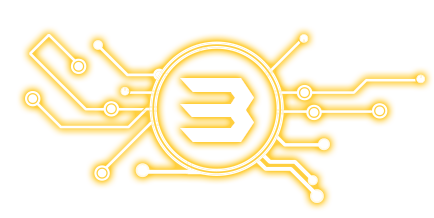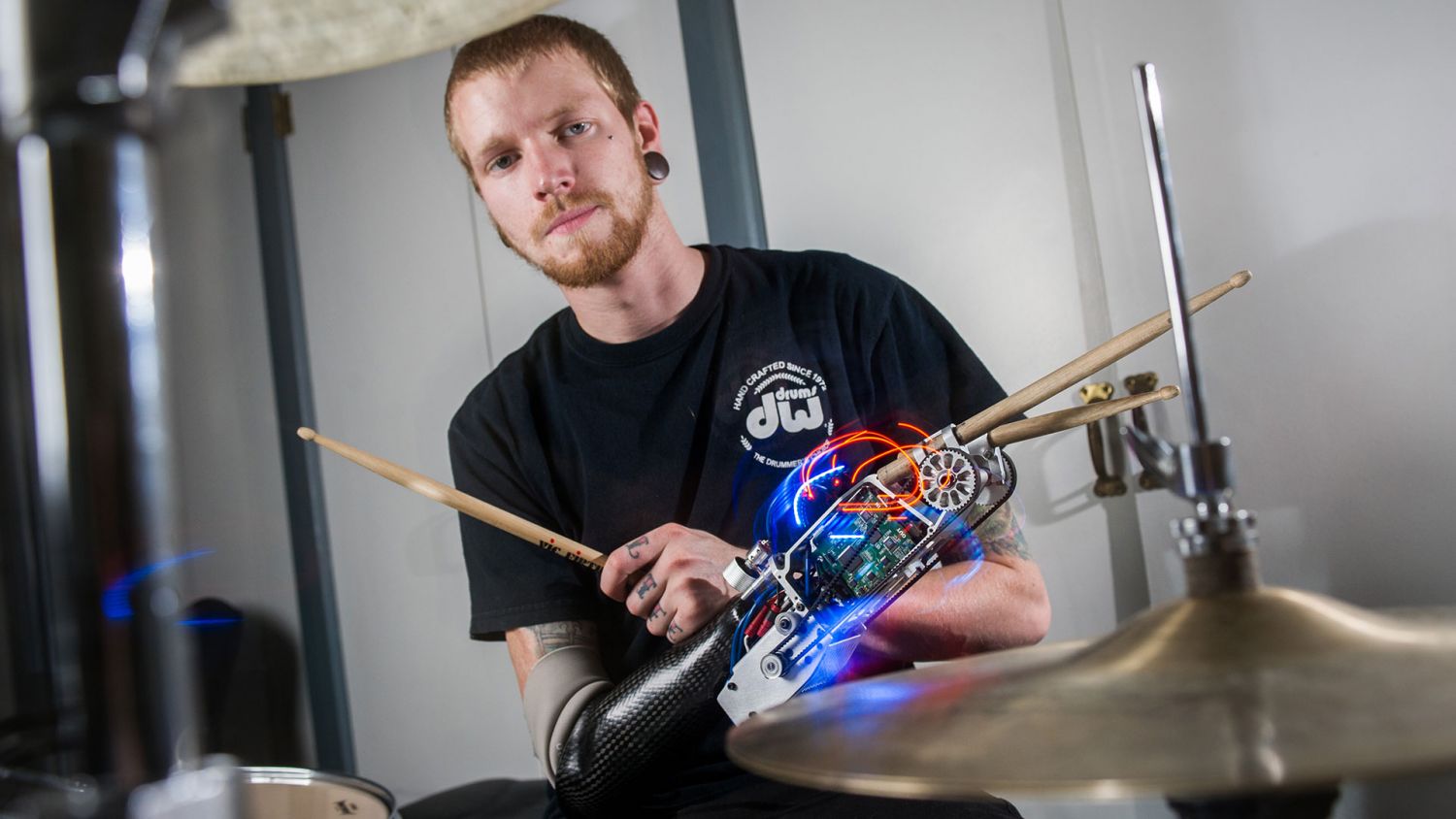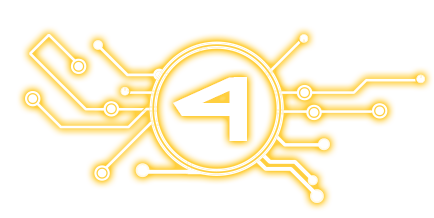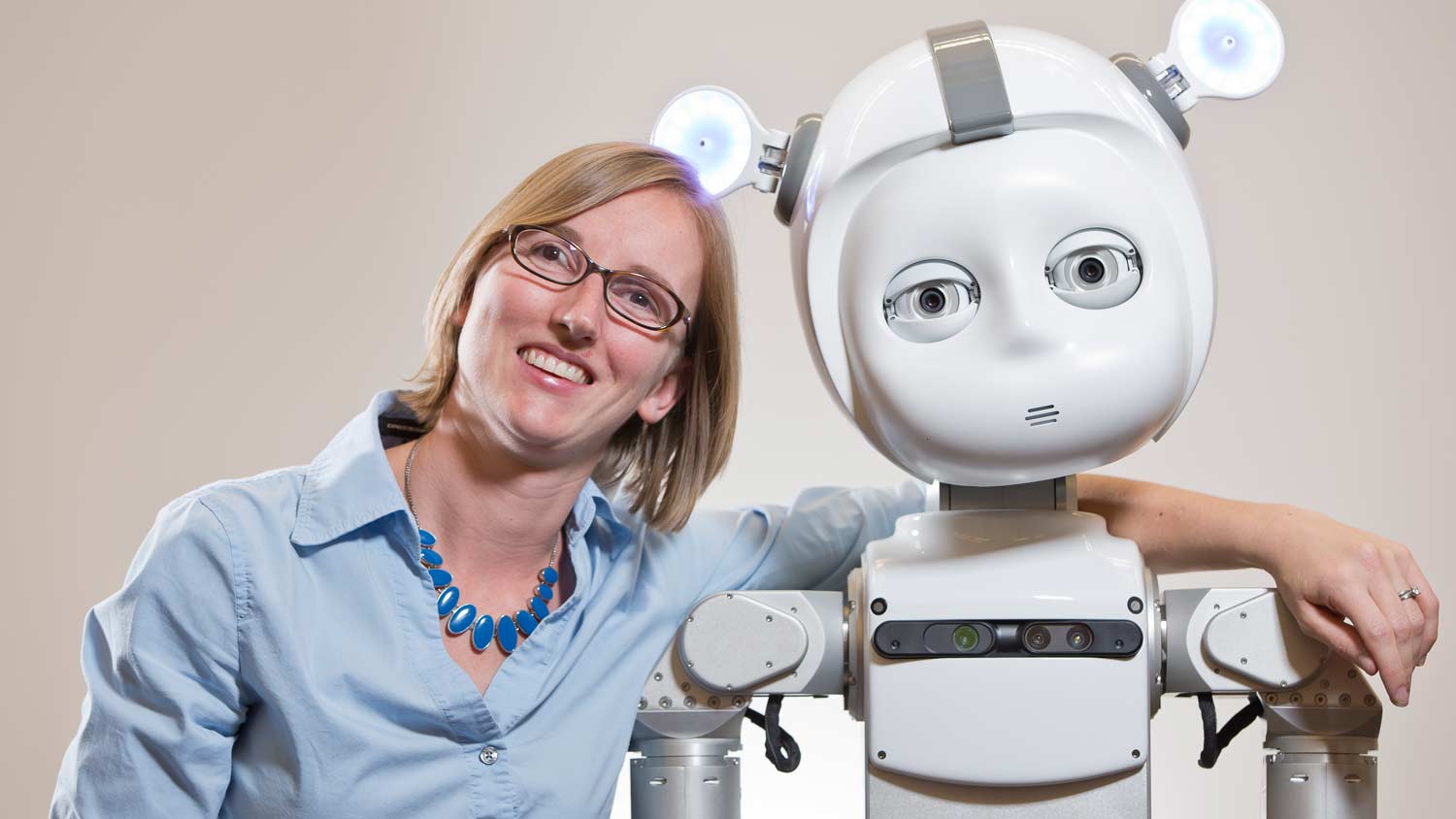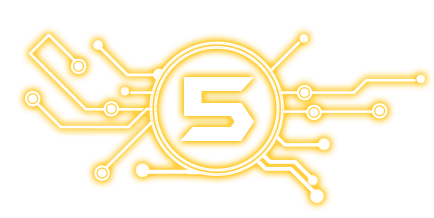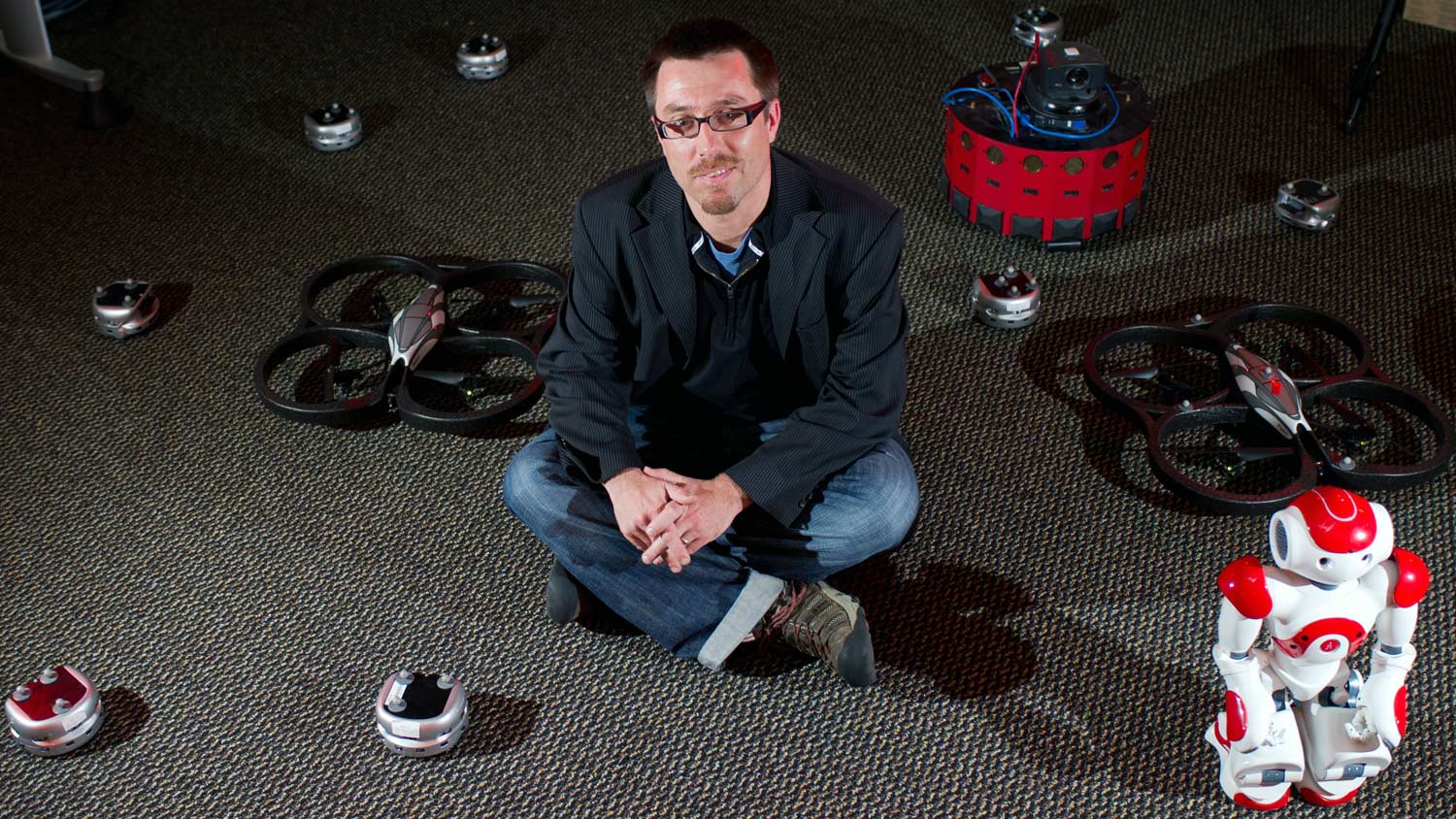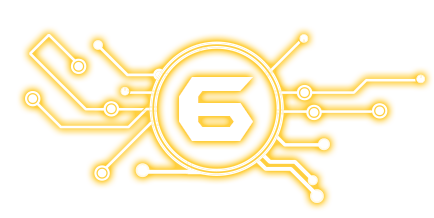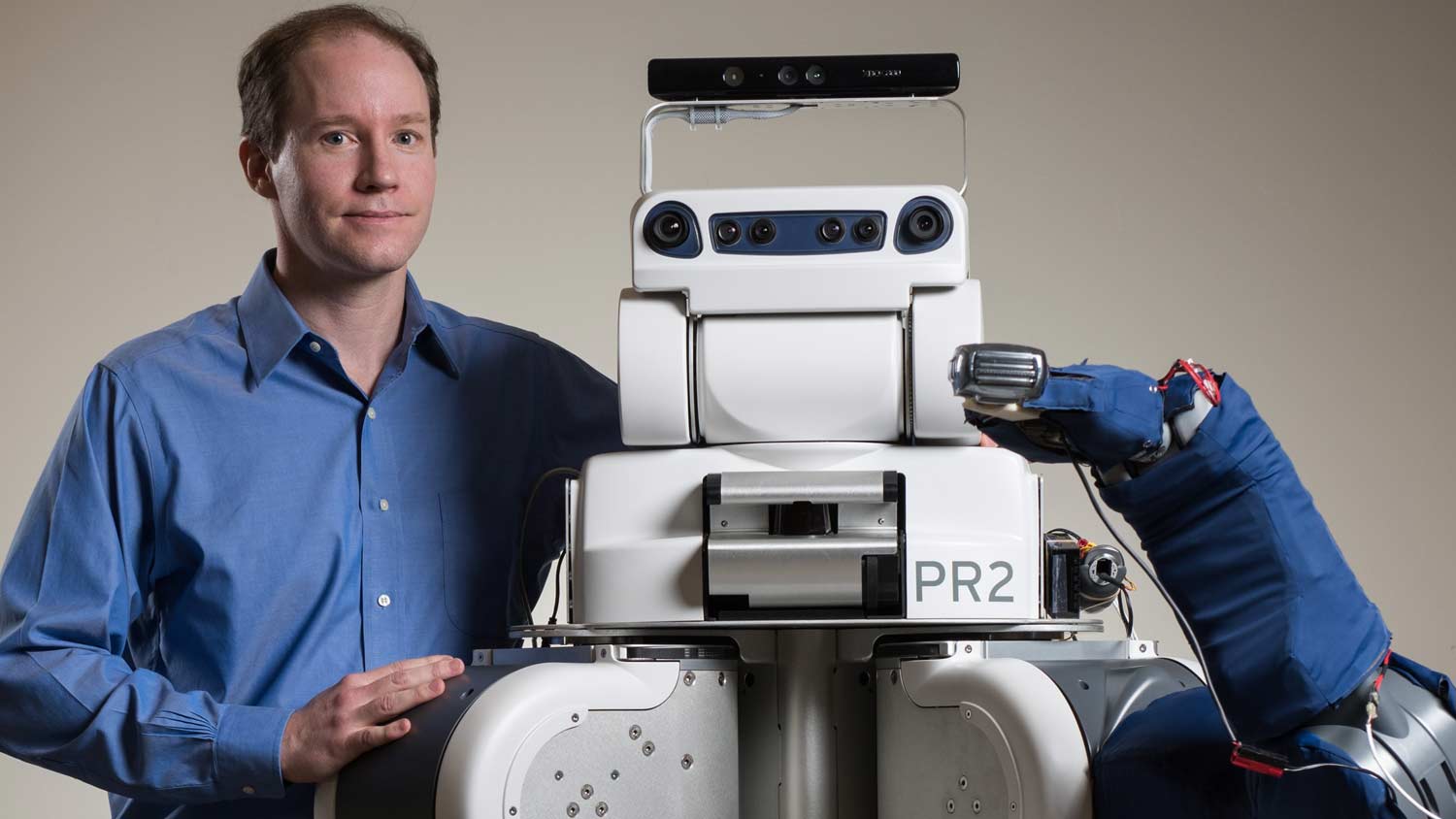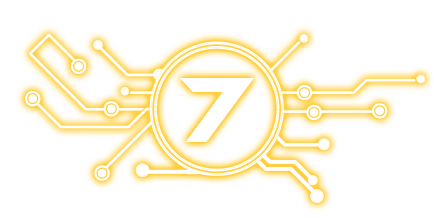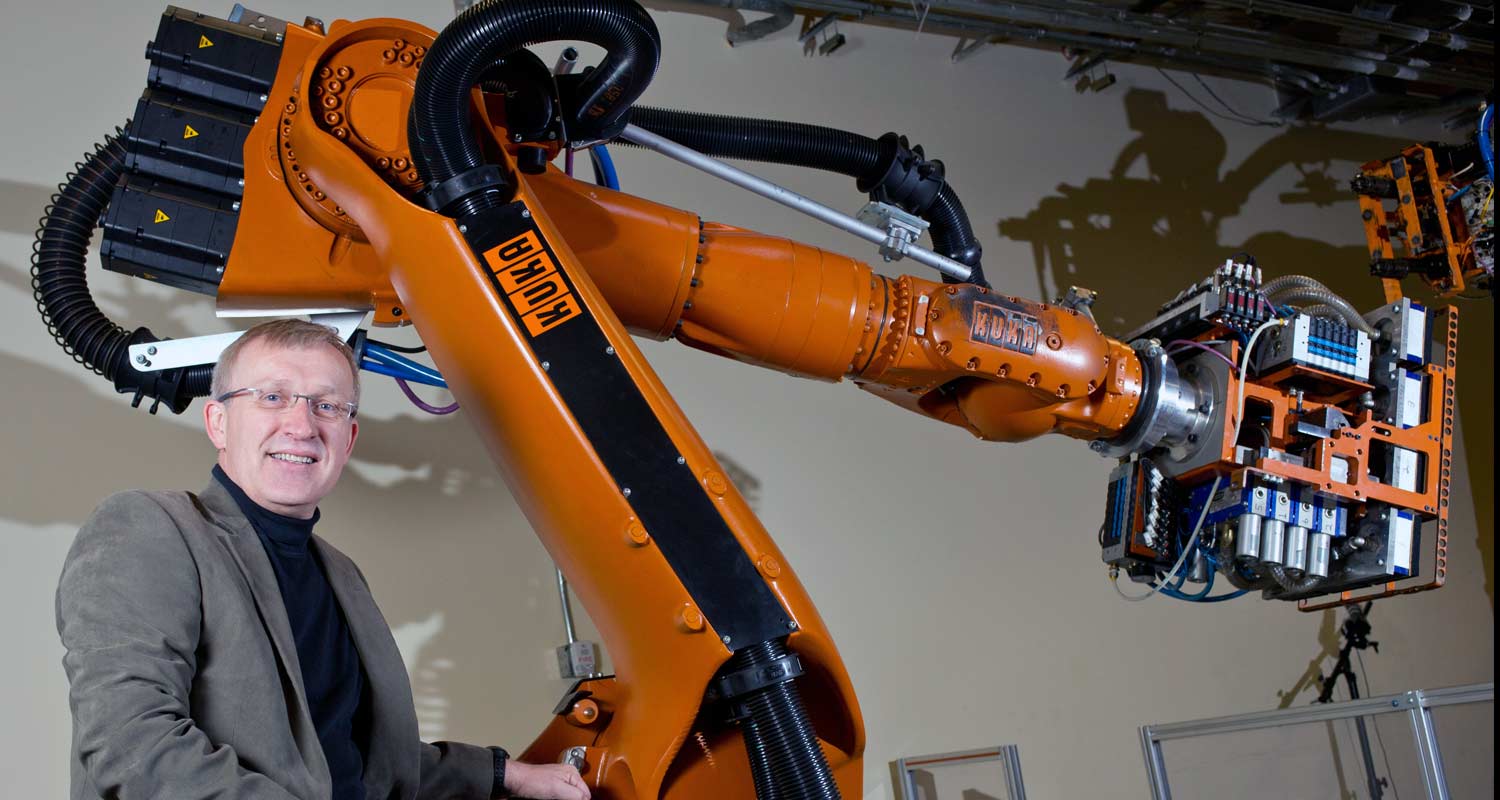
7 Cool Things About Robots
By Brigitte Espinet | Published April 2, 2015
Editor's Note | April 9, 2018: For an update on some of these robots, as well
as new robotics projects, visit What's Up Now with
Those Robots?
In honor of National Robotics Week 2015, we've put together a list of seven cool things robots
can do
(or will be able to do in the near future).
Credits
Editor: Jennifer Tomasino
Digital Design: Brett Lorber

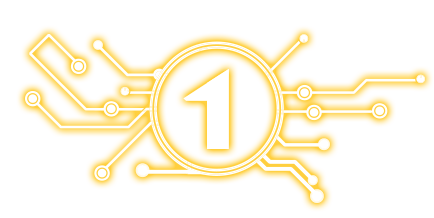
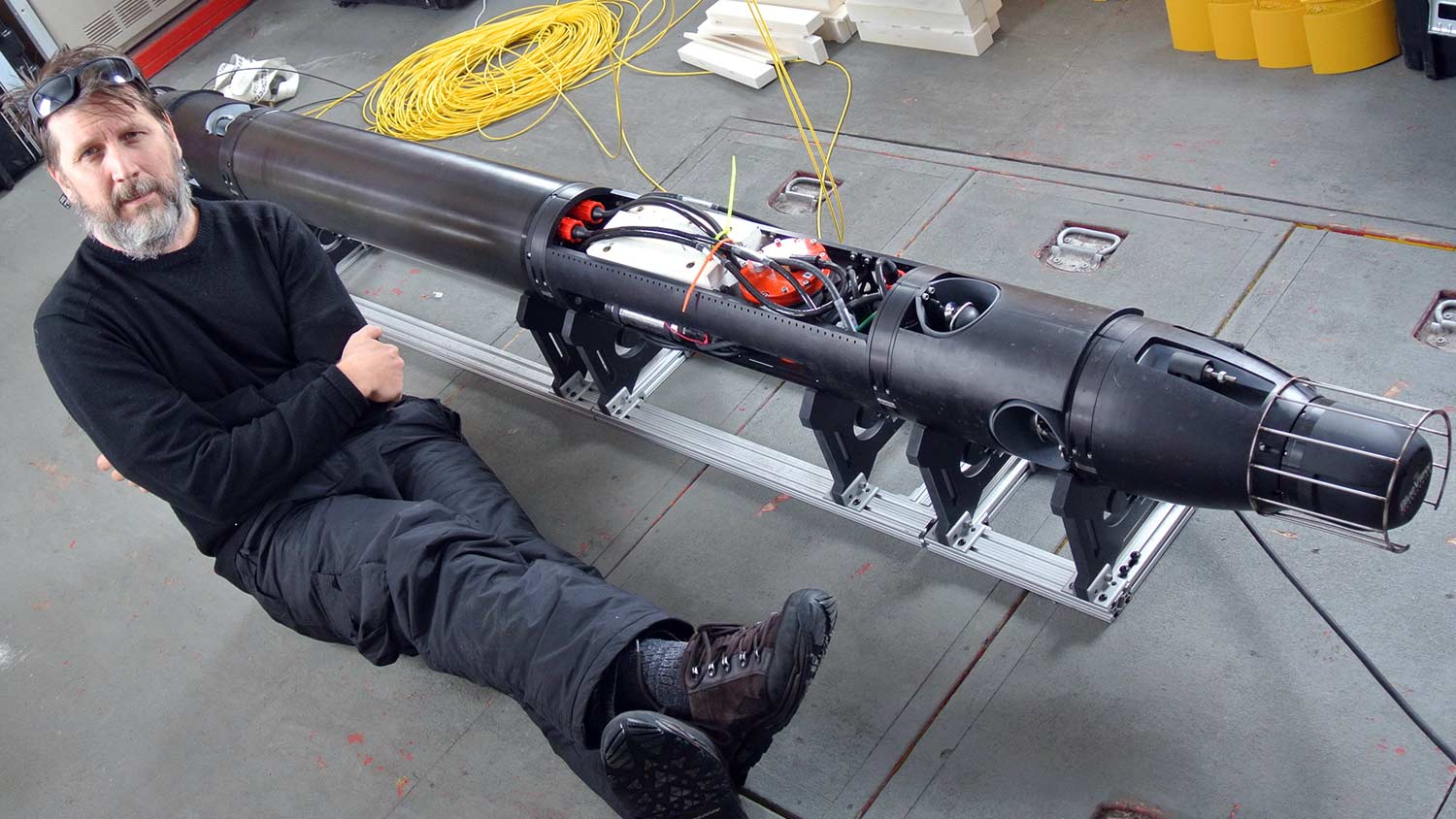 Mick
West sits with Icefin, just before the robot was deployed the to the bottom of the
ocean. (Photo: Jacob Buffo)
Mick
West sits with Icefin, just before the robot was deployed the to the bottom of the
ocean. (Photo: Jacob Buffo)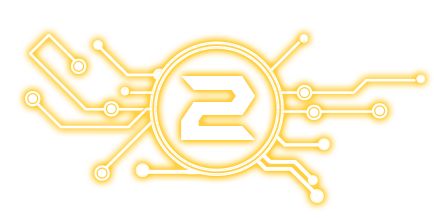
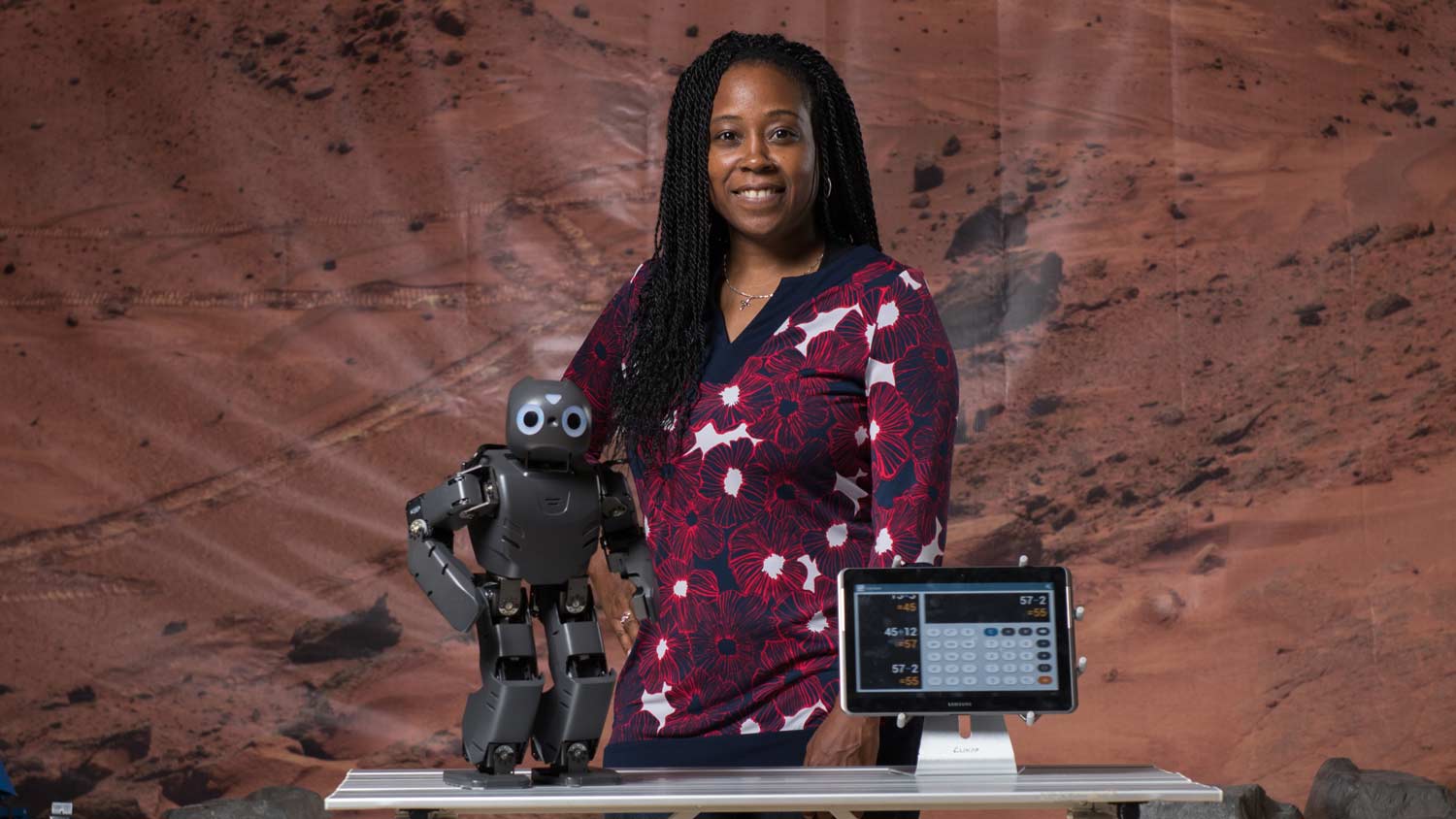 Ayanna
Howard is using this friendly robot to interact with children with
disabilities. (Photo: Rob Felt)
Ayanna
Howard is using this friendly robot to interact with children with
disabilities. (Photo: Rob Felt)